
The “drys” and the “wets” had been fighting over the issue of alcohol manufacturing and consumption for many years prior to the actual enactment of nationwide Prohibition – the so-called Noble Experiment – from 1920 to 1933. The temperance movement was a popular political issue and had been throughout the entire 1800s and into the 1900s. New Castle actually became the largest “dry” city in the state when Judge William E. Porter denied all liquor licenses and banned alcohol in Lawrence County beginning in April 1911. It was not until Judge Samuel P. Emery reversed that ruling in April 1916 that alcohol was once again legal to be sold and consumed within the county. The 18th Amendment was ratified on January 17, 1920, and resulted in the prohibition on the manufacturing, importation, transportation, and sale of alcohol. It was in effect until it was repealed (with the 21st Amendment) on December 5, 1933. The change did not prevent the states or smaller municipalities from enacting their own alcohol bans, full or partial, moving forward. Even today, Pennsylvania, in particular, remains a state with a high number of restrictions on the sale of alcohol. (c1912) Full Size |

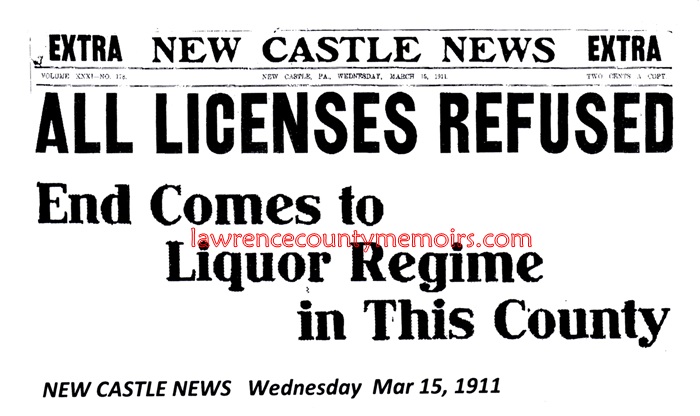
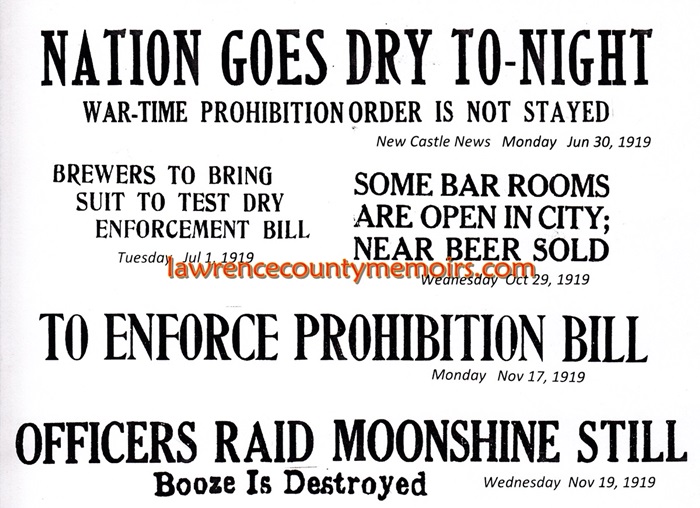
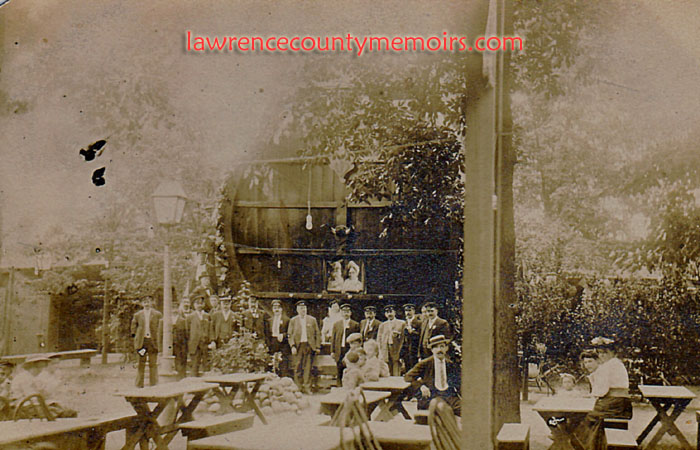
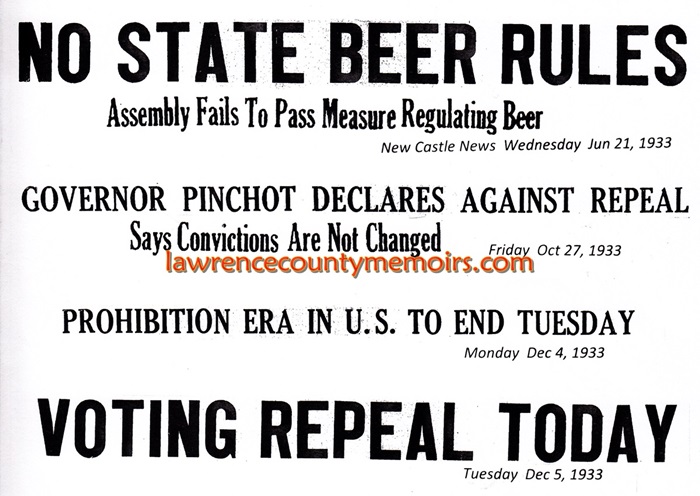
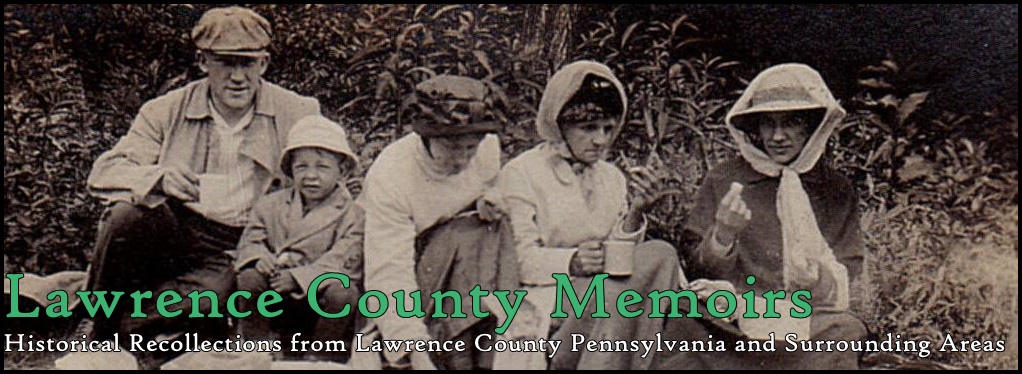



Comments
There are currently no comments on this article.
Comment